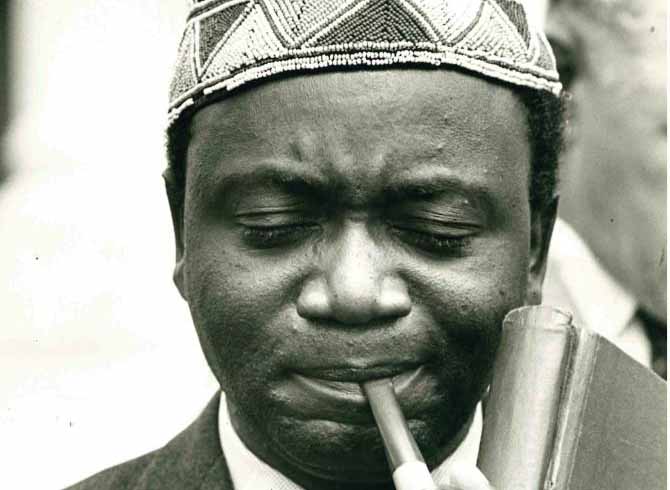×
The Standard e-Paper
Join Thousands of Readers

As we celebrate 58 years of Madaraka Day in the midst of growing political campaigns and court judgments that have deep electoral ramifications, it is worth reflecting on the divisive issue before the first Madaraka Day on June 1, 1963.
Majimbo and majimboism were the predominant issues in colonial Kenya’s last election. In the May 1963 election, voters killed majimbo at birth only for majimbo and majimboism to evolve into a myth of a glorious would have been governance system.